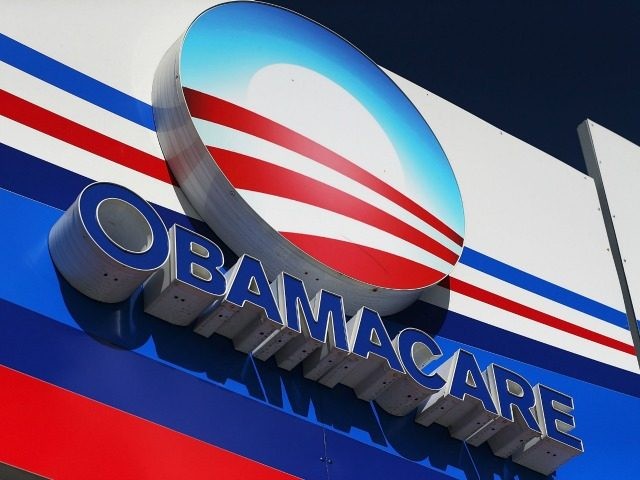Senate Republicans are set to formally repeal the tax and spend portions of the 2010 Patient Protection and Affordable Care Act before the end of the week, via a budget reconciliation resolution dubbed “S.Con.Res.3.”
Democrats do not have the votes to save the funding for Obamacare program.
After Wednesday’s confirmation hearings, Senators will conduct the final six hours of debate on the motion, three hours for each the majority and the minority. Senators next conduct a “vote-a-rama” when more than 50 proposed amendments will be approved or rejected in a rapid sequence of floor votes.
Republicans have a 52-to-48 seat advantage in the upper chamber, but until Indiana Gov. Michael Pence becomes the vice-president and President of the Senate and able to break ties in favor of the Republicans, it is a tenuous two-vote margin.
It is a tricky chain of events that the GOP sent in motion last week, when passed the motion they decided to use the budget reconciliation procedure to begin the unwinding of President Barak Obama’s hallmark heath care reform legislation, Obamacare.
Reconciliation motions are privileged, and thus exempt from the 60-vote requirement to end debate. Debate is fixed at 50 hours, with two hours of debate for each amendment to the bill and one hour for an amendment to an amendment.
Typically, the 60-vote threshold to end debate is enough for 41 Senators to block a bill. So Majority Leader Mitch McConnell (R.-Ky.) and Majority Whip John Cornyn (R.-Texas) chose this reconciliation path with all its restrictions, rather than full-on repeal through regular order.
The bill itself is not a “Repeal and Replace” vote, which it is not even a full repeal. Also, the bill won’t become law until the House approves an identical bill, and the president signs the completed joint bill.
A budget reconciliation bill can only cover budget questions, so the GOP bill wipes out fees, subsidies and taxes. But does not address rules and regulations, and it does not remove the law creating Obamacare on the books.
When it passed, no Republicans voted for Obamacare in the House and in the Senate.
But, in the nearly six years, since Obama signed the PPACA into law, many Republicans have muddled their opposition to Obamacare with many taking on the “Repeal and Replace” preference. That demand for a combination goal can handcuff any move to quickly repeal Obama’s takeover of one-sixth of the economy until the GOP and the Democrats develop a better alternative.
In the last session of Congress, both the Republican-controlled House and Senate voted to repeal Obamacare through reconciliation with virtually the same bill before the Senate now. Obama vetoed the bill and Republicans failed to override the veto in the House, stopping the process.
President-elect Donald J. Trump said at Wednesday’s press conference he prefers a repeal and replace process done as closely as possible.
“It will be repeal and replace. It will be essentially, simultaneously. It will be various segments, you understand, but will most likely be on the same day or the same week, but probably, the same day, could be the same hour,” Trump said.
“We’re gonna do repeal and replace, very complicated stuff. And we’re gonna get a health bill passed, we’re gonna get health care taken care of in this country,” he said.
Trump has the support of Sen. Rand Paul (R.-Ky.) with repeal and replace, too.
If the partial repeal of Obamacare fails in the Senate, it will be because Republicans vote against the bill for one of two reasons.
First, that a partial repeal is not good enough or leaves too much in place and the other being a commitment to repeal only after a Republican version of Obamacare is in place.
As a practical matter, the reconciliation approach sets up a two-step process. After the PPACA is delinked from its financial underpinnings, supporters of Obamacare will have no choice but to work with Republicans.

COMMENTS
Please let us know if you're having issues with commenting.